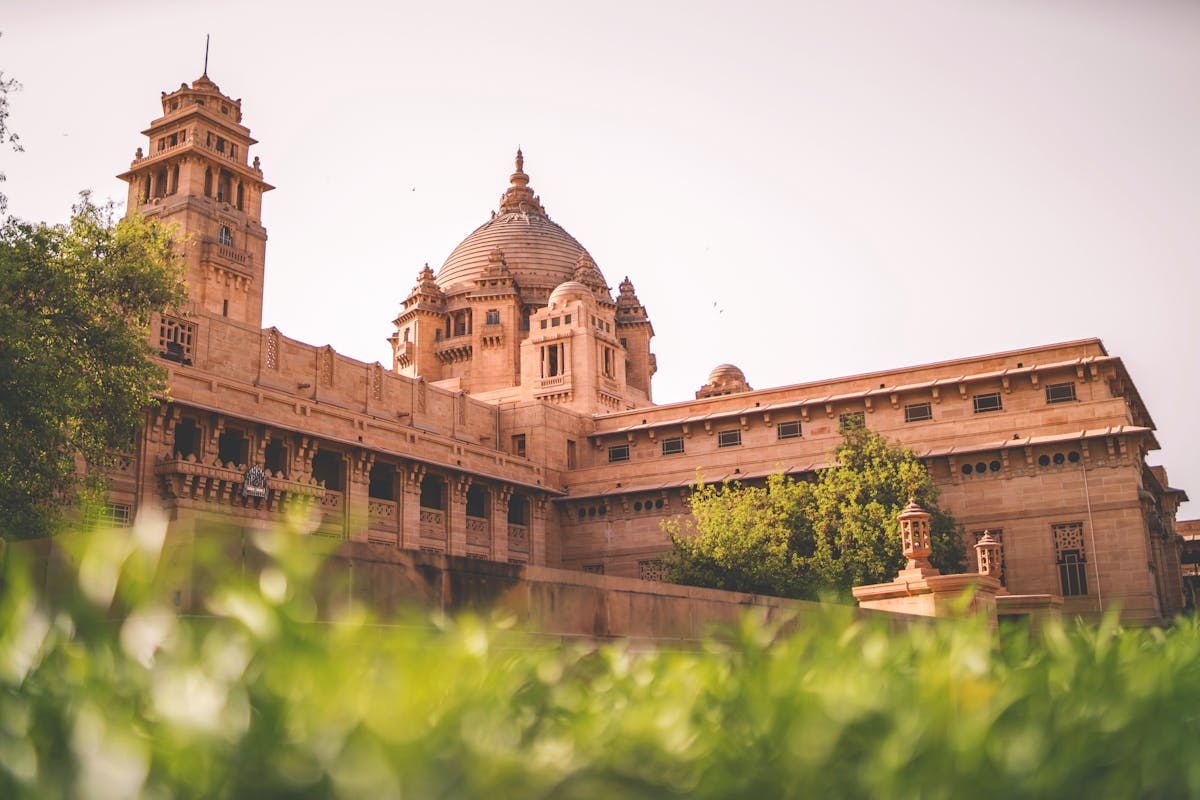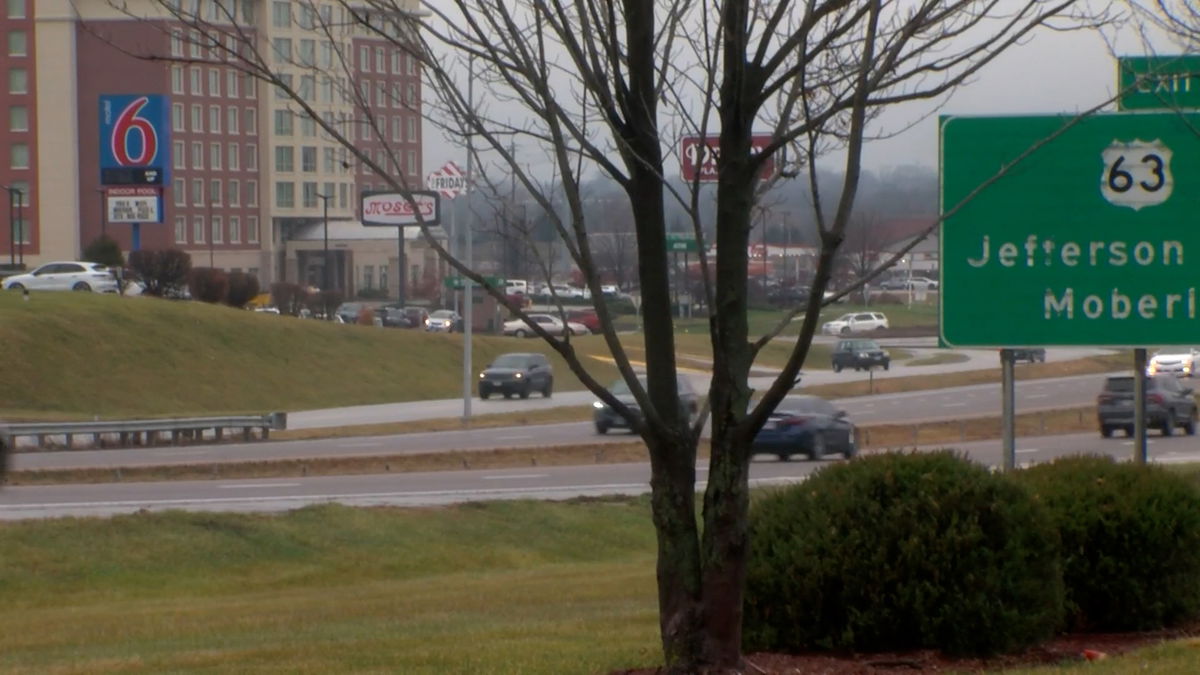Travel
Can India’s New Tourism Push Close the Gap in Inbound Travel?

Skift Take
India needs to close the gap between its thriving outbound market and untapped inbound potential, along with what the future might hold for the country’s place in global tourism.
In this episode of the Skift India Travel Podcast, Asia Editor Peden Doma Bhutia is joined by Saniya Zanpure, research analyst at Skift, to explore India’s inbound tourism landscape. Last month, the Indian government announced initiatives aimed at boosting tourism, including offering 100,000 free visas. Despite surging outbound travel, inbound recovery has been slower, making these measures critical. Catch them discuss factors behind this disparity, such as safety concerns, visa issues, and infrastructure challenges, as well as untapped opportunities to enhance India’s appeal.
Key Points
Strong Growth in India’s Outbound Tourism: India’s outbound tourism has shown robust growth, with international departures up 14% in the first half of this year compared to 2023. This growth is 12% higher than 2019 levels, reflecting a sustained recovery and increased travel enthusiasm among Indians post-pandemic.
Spending Power and Diverse Travel Preferences: Indian travelers are spending an estimated $19 billion overseas this year, driven by increased disposable income and affordability of international travel. Trends show a growing interest in off-season travel, package deals, and exploring newer destinations beyond traditional favorites like Dubai and Saudi Arabia.
Challenges in Inbound Tourism Recovery: Despite a strong domestic and outbound market, India’s inbound tourism is still lagging, reaching only 90% of 2019 levels. Factors include safety concerns, limited international marketing efforts, visa complexities, and cuts in promotion budgets.
Opportunities for Boosting Inbound Tourism: India can leverage its diverse tourism offerings — cultural experiences, adventure, wellness, and luxury — through targeted and aggressive international marketing. Hosting large-scale events like the G20 summit and the World Cup has already shown potential for driving foreign interest.
Importance of Infrastructure: Improving infrastructure, such as roads, railways, and airports, is crucial for enhancing the tourist experience. Better connectivity within India, through expanded rail networks and new airports, is essential to ensure a positive experience for international visitors, especially those looking beyond major cities like Delhi and Mumbai.
Perception and Safety Concerns: Addressing safety concerns and changing negative perceptions about India is critical for attracting more tourists. Negative global headlines about isolated incidents can deter potential visitors, making it essential for India to emphasize safety and hospitality in its messaging.
Targeted Marketing for Specific Segments: Tailoring marketing campaigns to specific interests and demographics, such as the Indian diaspora or niche segments like honeymooners and luxury travelers, can enhance India’s appeal. Learning from the targeted marketing efforts of other countries like Fiji and South Africa could be beneficial.
Potential Impact of Campaigns Like Chalo India: Campaigns like “Chalo India,” aimed at encouraging the Indian diaspora to invite friends to India with visa incentives, have potential. However, more aggressive, diversified promotion beyond digital platforms is needed to make a significant impact on inbound tourism numbers.
Listen Now
Episode Summary
This episode of the Skift India Travel Podcast dives into the exciting growth of India’s outbound tourism, which has surged by 14% in the first half of 2024 compared to last year, even surpassing pre-pandemic figures from 2019. With Indians projected to spend a remarkable $19 billion overseas this year, the appetite for international travel is evident. The conversation explores trends like the shift toward off-season travel and a growing curiosity to explore destinations beyond Dubai and Saudi Arabia, with places like Vietnam, Japan, and Malaysia gaining popularity.
We also address the other side of the story: the challenges faced by India’s inbound tourism. Despite the country’s rich history, diverse experiences, and improved infrastructure, inbound tourism remains at 90% of pre-pandemic levels. It also talks about underlying issues such as safety perceptions, limited global marketing, and visa complexities, along with the impact of recent cuts in promotional spending.
But it’s not all bleak. Opportunities abound for India to tap into experiential travel and leverage large-scale events like the G20 and World Cup. Aggressive, targeted marketing, and infrastructure investments — like the expansion of railways and airports — could make India a more attractive destination for global tourists. The ‘Chalo India’ campaign and the potential of leveraging the Indian diaspora as brand ambassadors are discussed, along with ideas for promoting India’s unique offerings, from luxury to adventure.










